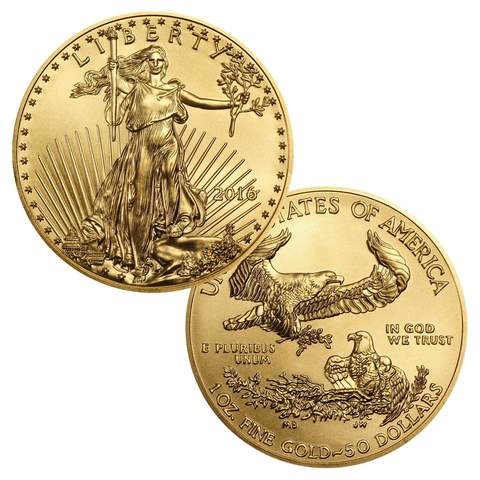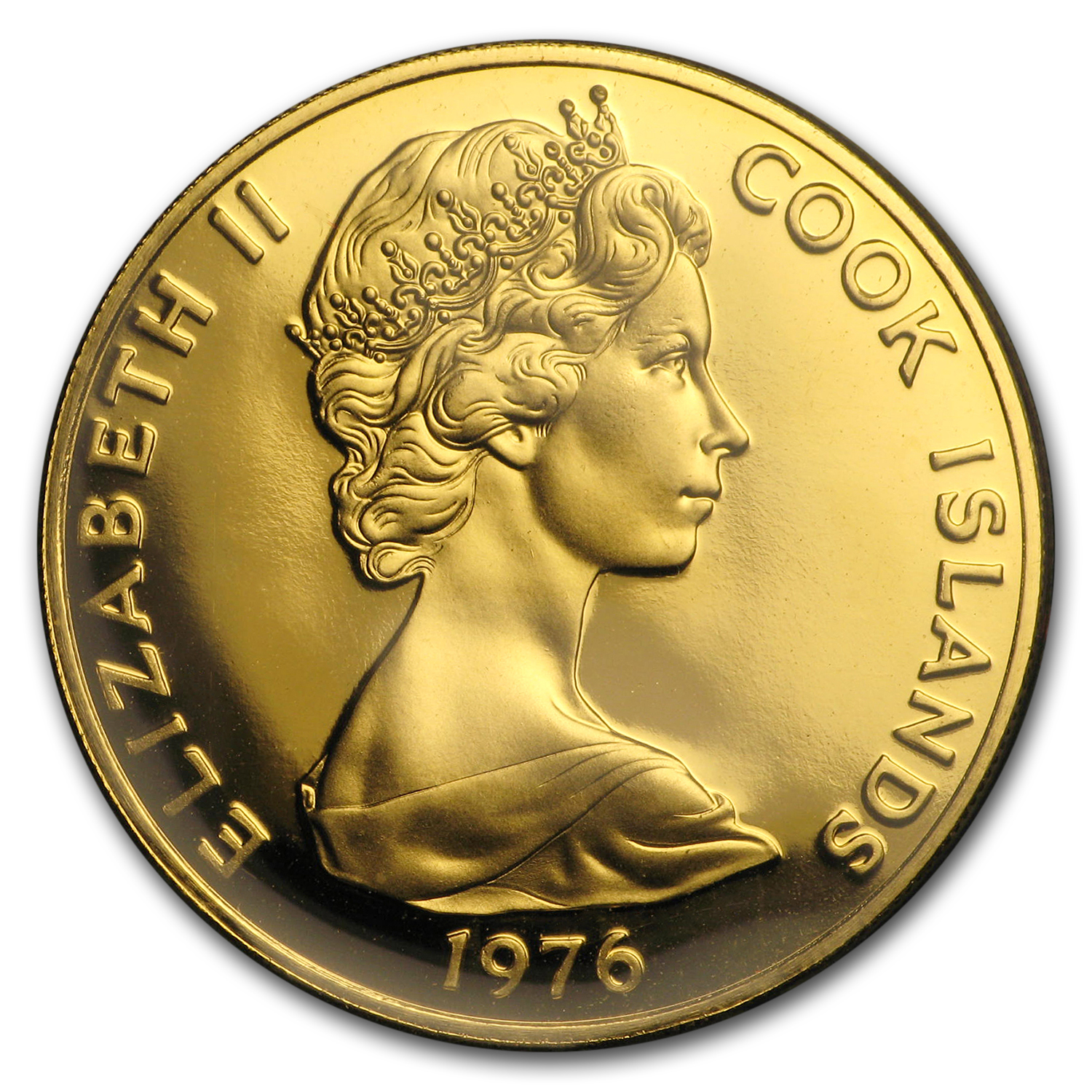

Such a denomination was part of the original 1854 legislation.

In addition to the fifty-dollar gold piece, the mint also drew up plans for an even more ambitious $100 Union coin. Like today, most of the public was utterly unaware of its existence.
#Gold us coins full
The new $50 coins never went into full production. Just two pattern coins-trial strikes of proposed new designs-were made of the $50 Half Union. The reverse featured an heraldic eagle and thirteen stars. Barber adopted a very similar motif for Lady Liberty facing left as had been used for the $20 double eagle coin, which was designed by a former chief engraver, the late James Longacre. This type of practice was certainly against the law, but the regulations against it weren't strictly enforced until 1887.Ĭhief Engraver Charles Barber (son of his predecessor, William Barber) created the design for the Half Union coin. Such mixing of mint operations with private enterprise had been an issue since at least the dismissal of a Chief Coiner, Franklin Peale, in 1854. They could then pocket the money for themselves. (He was the uncle of American diplomat Archibald Loudon Snowden.) Both men were notorious for selling unauthorized pieces to dealers, collectors, and members of Congress. Linderman had something in common with the former Mint superintendent, James Ross Snowden. Many called it Linderman's "pet project." His motives for revisiting the $50 denomination coin may not have been entirely pure, however. The need for larger gold coinage had mostly abated, making the $50 Half Union moot. Mint.īy then, federally-issued paper money (known as "greenbacks") were widely available. Summary: Profit-driven employees at the United States Mint revived the idea of a $50 gold coin in the late 19th century.Ģ0 years after its initial proposal, the idea of the Half Union was revived by Robert Linderman, the Director of the U.S. It was seen as a regional issue, unimportant to political and economic interests back east. The proposal passed in the Senate but was rejected by the House of Representatives. Ultimately, Congress rejected the bill authorizing the new coin. Liberty head design on the obverse of the 1877 Half Union coin. The larger coin would provide a trusted way to facilitate smoother trade and transactions. It was to measure nearly 51 mm in diameter. This would allow the new denomination to remain proportional in metal value to existing U.S. In a bill introduced by California Senator William Gwin in 1854, each Half Union coin theoretically would have contained nearly 2.5 troy ounces of pure gold content. One obvious solution would be a larger legal tender gold coin. We must also consider the cost and logistics of shipping gold back and forth between commercial centers on the east coast and the western states and territories. Between the unreliability of wildcat banks and the use of privately-minted gold, you can get a glimpse of how different the economic landscape was back then. In response many privately-issued gold tokens were distributed throughout the 1850s. Mint branch in San Francisco in 1854 didn't alleviate the problem. Since only gold was trusted for commerce, a larger denomination gold coin would allow merchants and banks to transfer large sums of money more efficiently. Paper notes from these banks would only be accepted at a steep discount to their face value, if they were accepted as payment at all. At the time, unregulated "wildcat banks" were springing up across the country. This was exacerbated by the pervasive lack of trust in paper money. The West was also chronically short of gold coinage. It was truly still frontier country at the time. Very little infrastructure existed in the region in the mid-19th century nonetheless. Moreover, the Gold Rush accelerated the pace of settlement and development in the American West. Under the gold standard, this meant that the amount of money and wealth in the U.S. It greatly increased the amount of gold in the country. The California Gold Rush of 1849 profoundly transformed the United States.

Summary: Due to the widespread use of gold for commerce in America's western territories during the middle of the 19th century, a larger size of gold coin was considered. You can also find our podcast episode about this topic by following the link. This story contains two fascinating subplots: one about money and economics in the late 19th century, and another about small-scale graft among government officials. The gold Half Union pattern is officially known as J-1548 in reference books.


 0 kommentar(er)
0 kommentar(er)
